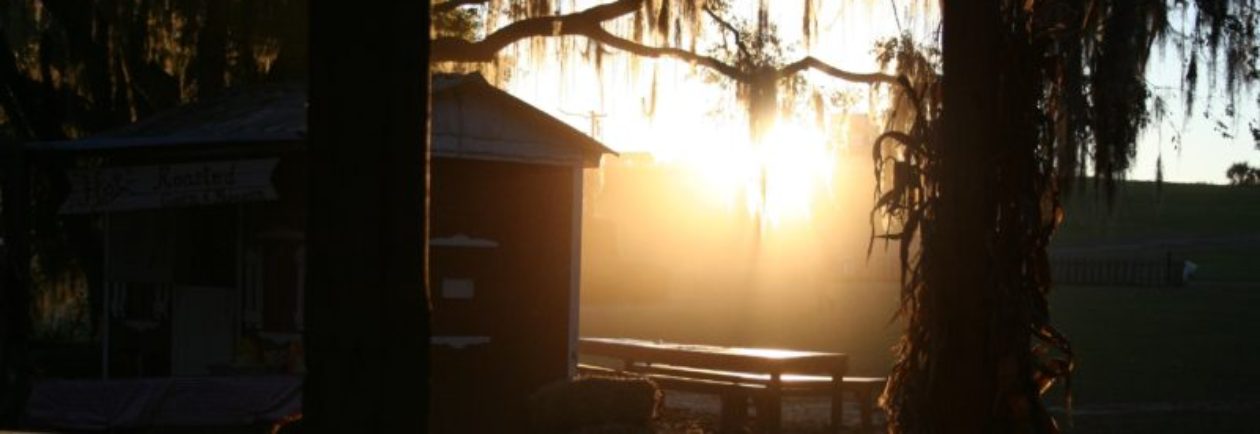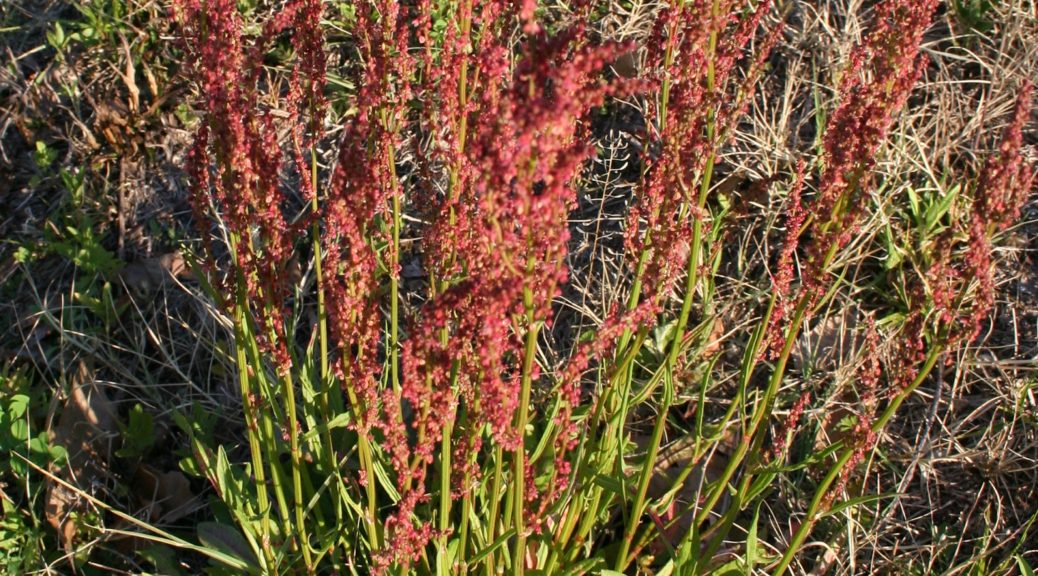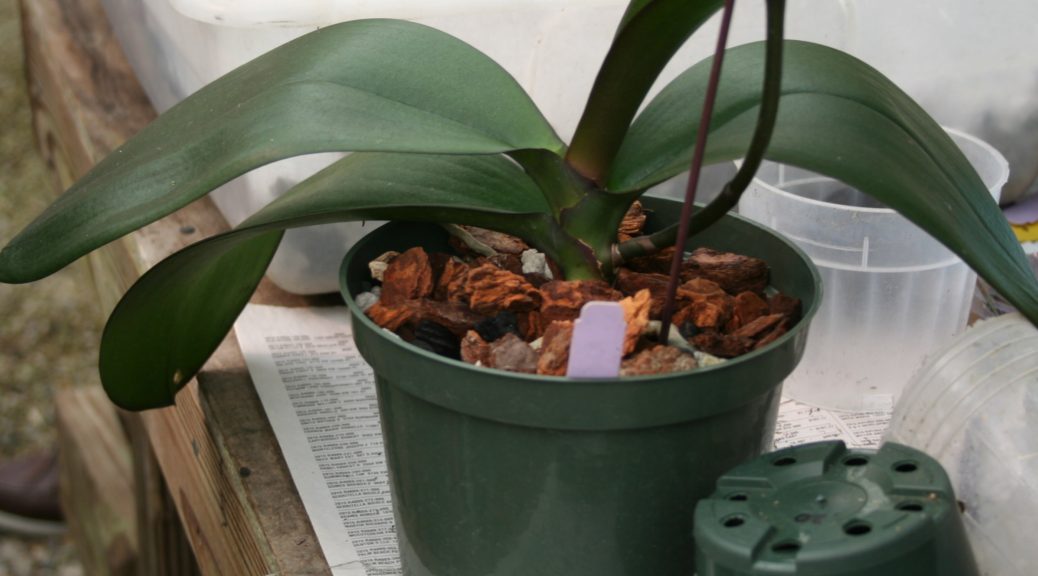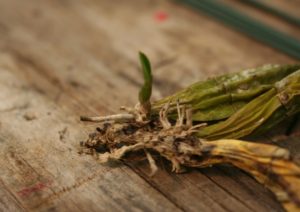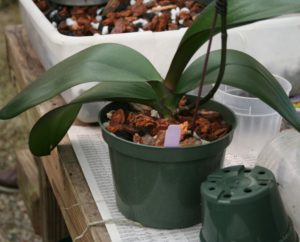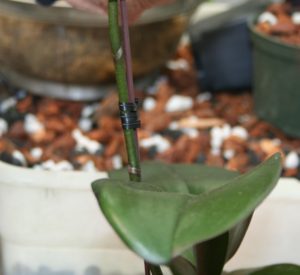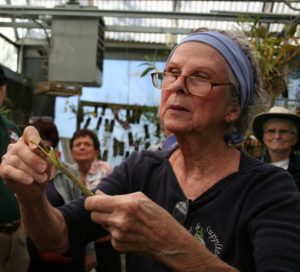by Jennifer Odom
When I was eight I thought of a plan to become rich.
It was the sour grass. Daddy taught us how to identify its tall red stems with their red grainy seed-tops.
Sheep-sorrel, some people call it, and it grew in the back field, the same field where we explored for arrow heads, and two sisters later pastured their horses.
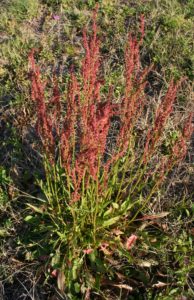
Daddy showed us we could pluck and chew the stems to get the tart lemony juice, a fun thing to do while we played in the yard.
So I decided that I could get rich by manufacturing sour grass juice.
Well, it was a short-lived idea.
But that doesn’t mean someone isn’t capitalizing on sour grass. No sir, some people claim sheep sorrel can fight cancer. (http://www.healthfreedom.info/sheep_sorrel.htm).
To be sure, my blog is not medical advice, and there are experts such as those at Memorial Sloan-Kettering Cancer Center who refute those cancer-cure claims. https://www.mskcc.org/cancer-care/integrative-medicine/herbs/sheep-sorrel
But whether its medicinal value is true or not, sour grass a terrific weed in other ways, handy for salads, soups, for curdling cheese, and in making wine. I once pondered whether the stems would make a good substitute in rhubarb pie. But nah, probably too woody. In a pinch, though, it would keep you from starving. Herbalists claim all its plant parts are useful, the leaves, stems, flowers, and roots.
It’s March right now in central Florida, and fields are covered with this red-topped plant. 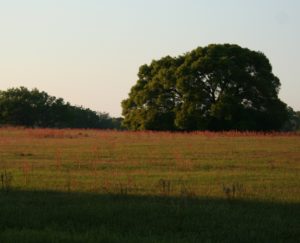 Found in acidic sandy soil, the same kind blueberries like, it’s a real pest to blueberry growers. Maybe the blueberry growers should join up with the herb-collectors for free weeding help.
Found in acidic sandy soil, the same kind blueberries like, it’s a real pest to blueberry growers. Maybe the blueberry growers should join up with the herb-collectors for free weeding help.
A member of the buckwheat family, this native of Eurasia and the British Isles is also known as Rumex acetocella, and spreads vigorously via underground rhizomes.
Let caution prevail if consuming it. Sheep sorrel contain an abundance of oxalates, and according to Wikipedia, should be avoided by people with kidney stones and anyone taking diuretics where it can lead to diarrhea and a dangerous loss of potassium from the body. Memorial Sloan Kettering claims it may cause an upset stomach and abdominal cramps, and the oxalates can damage your liver.
Regardless, sheep sorrel’s a beautiful plant, 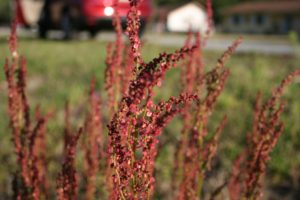 and will always remind me of my dear old dad and my plant to get rich off of sour grass juice.
and will always remind me of my dear old dad and my plant to get rich off of sour grass juice.
